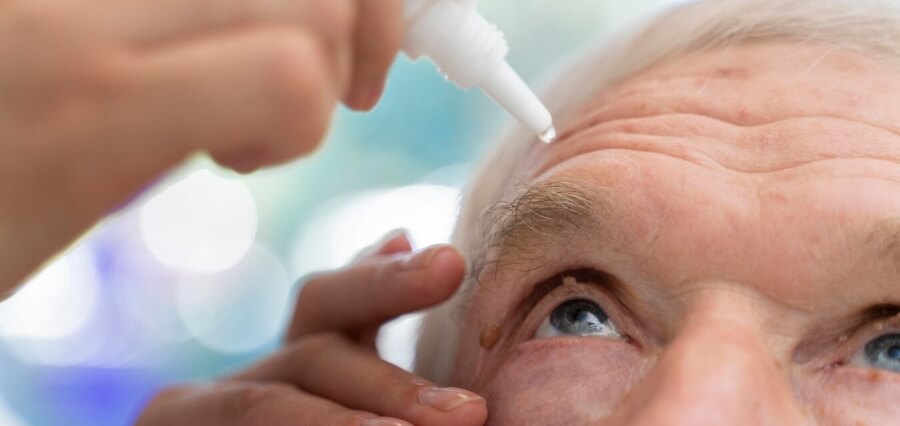COVID-19 is a novel virus that has caused a global pandemic. As the number of cases continues to climb, everyone needs to take precautionary measures and stay informed about symptoms associated with COVID-19. In this blog post, we’ll focus on the workflow for when you start experiencing symptoms of the Virus; what steps should you take to protect yourself and those around you?
Know Your Risk Factors & Take Extra Precautions if Needed
Knowing your risk factors regarding the COVID-19 Virus can be incredibly important in helping protect yourself and those around you. Those with underlying medical conditions, smokers, and people 50 years or older may have a higher risk of developing severe complications from the Virus, so it’s essential to take extra precautions if needed by social distancing and limiting contact with others. People should also be mindful of their mental health during this difficult time and reach out for help if needed. Taking proactive steps like these can help reduce their risk of becoming seriously ill if exposed to the Virus.
Understand the Symptoms of COVID-19 and When to Seek Medical Care
Understanding COVID-19 symptoms and when to seek medical care is strongly advised. Contact a healthcare professional immediately if you are experiencing COVID-19 symptoms, such as fever, cough, or difficulty breathing. COVID rapid test kits in Canada provide results in less than an hour, so you can seek medical advice if needed and possibly minimize the spread of the Virus. To protect yourself, your family, and your community, it is essential to know the symptoms of COVID-19 and understand when and where to take a COVID rapid test kit in Canada if necessary.
Create a Plan for Contacting Your Healthcare Provider if You Experience Symptoms
Knowing what to do if you experience symptoms of COVID-19 is essential to keeping yourself and your community safe. It is wise to create a plan for contacting your healthcare provider before you begin feeling sick. Write down the name, phone number, and office visit procedure for your primary care physician or local clinic. Knowing who to call and having their contact information readily available will help streamline the process should the need arise. Additionally, make sure that any medical insurance policies are up to date before reaching out for help so there are no complications with payment later in the process. Whether online via an app or writing it down on physical paper, be sure to have a plan written out and ready in case you need to contact a healthcare professional due to potential COVID-19 symptoms.
Stay Home and Follow Isolation Guidelines if You Are Sick
If you are experiencing symptoms related to the COVID-19 Virus, you must stay home and follow isolation guidelines. This means physically distancing yourself from others, even those in your household, avoiding group activities, and limiting all contact with other individuals. You must also avoid all forms of travel – air, car, bus, or train – while symptomatic. By following these recommendations, you will help protect yourself and others from the spread of the Virus. Therefore, taking all necessary precautions if you show any signs or symptoms is essential.
Monitor Symptoms & Track Them on an App or Calendar
Monitoring symptoms and tracking them on an app or calendar can be invaluable when experiencing the symptoms of COVID-19. This allows individuals to quickly note changes in their condition and record their health history. With the help of tracking, medical professionals can better understand what should be done next for accurate diagnosis, suggested treatments, and future prevention from Covid-19. Furthermore, staying organized with symptom tracking is essential so that individuals can prevent their health from deteriorating to a critical level or have it monitored closely over time. Tracking symptoms also has psychological benefits as it gives people control over their health and helps decrease feelings of stress or uncertainty during this period. Finally, being aware of signs and symptoms helps everyone take the proper precautions before more significant potential harm arises.
Practice Social Distancing While Recovering from the Virus & Follow CDC Guidelines
If you have been affected by the COVID-19 virus, practicing social distancing while recovering is essential. This helps to reduce the chances of spreading the Virus further and protecting your family and loved ones. Follow the Centers for Disease Control (CDC) guidelines to keep yourself and others safe. This includes washing your hands often with soap and water for at least 20 seconds, avoiding close contact with people who are sick, covering your mouth when coughing or sneezing, wearing a cloth face covering when in public settings, and frequently cleaning and disinfecting often touched surfaces such as doorknobs and countertops cupboard handles. Following these guidelines will help ensure that you minimize exposure to yourself and those around you.
In conclusion, this article serves as a helpful guide to understanding the symptoms of COVID-19 and creating a plan for when those symptoms arise. It’s essential to take precautions if you are at risk for the Virus and practice social distancing to prevent its spread. Tracking your symptoms on an app or calendar can help healthcare providers if you need medical care. Knowing the risks associated with COVID-19, being aware of its symptoms, taking precautions, and following CDC guidelines are vital to protecting yourself and helping prevent its transmission. Although navigating through this pandemic can be difficult and worrying, you can take comfort in knowing that by acknowledging how severe the Virus is, and you are doing your part to combat it.
| Read More Articles: Click Here |















